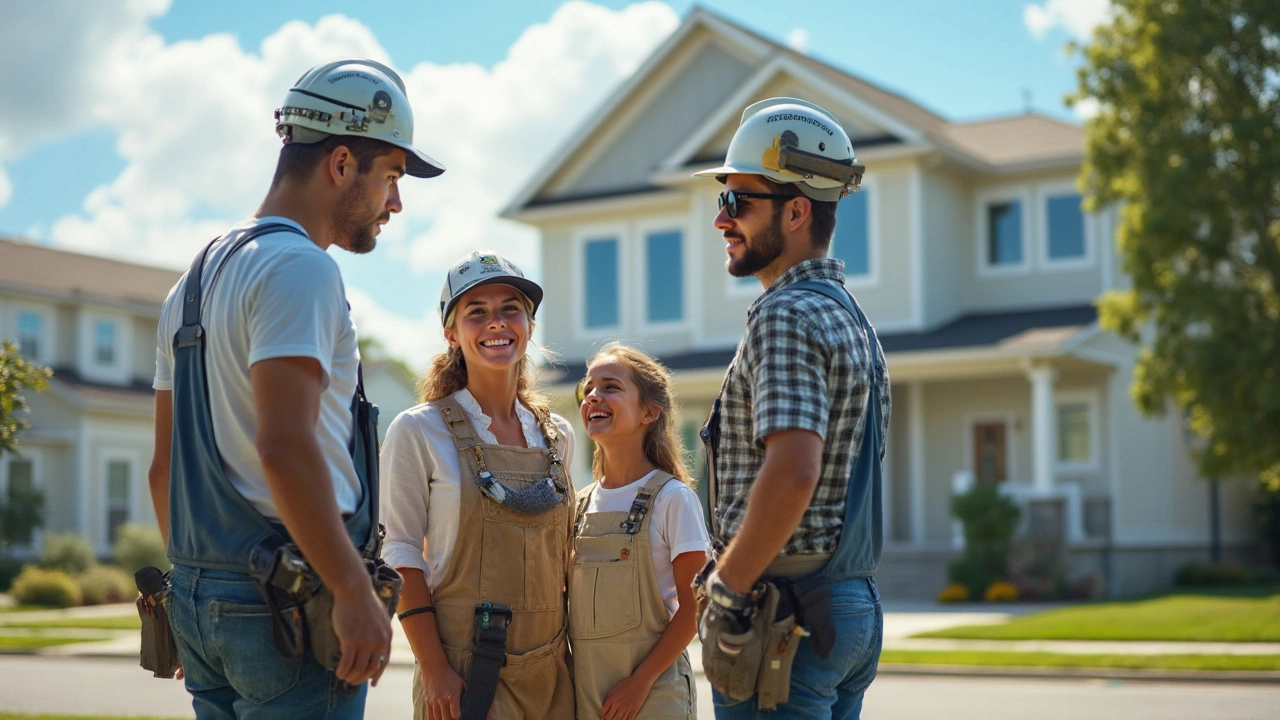Home Builder Basics: What Every Future Homeowner Should Know
Thinking about building your own house? It can feel like a huge project, but breaking it down makes it manageable. First, decide what kind of home you want – a compact cottage, a modern two‑storey, or something in between. Your vision will guide every later choice, from the plot to the finishing touches.
Next up is the land. Look for a plot with good drainage, easy road access, and a clear planning permission status. A quick chat with the local council can tell you what rules apply, like height limits or required setbacks. Buying a piece of land with the right zoning saves headaches later.
Choosing the Right Builder
Not all builders are the same. Some specialize in quick, budget builds, while others focus on high‑end finishes. Ask for portfolios that match your style and check references. A reputable builder will give you a detailed quote, a realistic timeline, and clear payment milestones. Avoid anyone who asks for a huge upfront cash payment – a small deposit is normal, but the rest should be linked to completed work.
Don’t forget to discuss insurance. Your builder should have public liability cover, and you may want separate home‑builder’s insurance for added protection. This way, if anything goes wrong on site, you’re not left holding the bill.
Key Stages and Common Pitfalls
Most builds follow a set of stages: design, ground work, frame, lock‑up, and finish. During design, work with an architect or a design‑and‑build service to turn your ideas into workable plans. Simple mistakes here – like forgetting about future extensions or poor room flow – are costly to fix later.
When the ground work starts, make sure you get a soil test. Bad soil can cause foundation cracks down the line. Choosing the right cement mix and reinforcement is crucial; cheap shortcuts can lead to expensive repairs.
During the frame stage, keep an eye on measurements. Even a few centimetres off can cause doors to stick or windows to misalign. This is also the time to double‑check that all services – plumbing, electrical, heating – are routed correctly.
Lock‑up is when the house becomes weather‑proof. At this point, you can start planning interiors because you’ll see the actual space. It’s also a good moment to walk through with your builder and note any issues before the finishing stage begins.
The finish stage involves plaster, flooring, kitchens, and bathrooms. Don’t rush this – take time to choose durable flooring for high‑traffic areas and water‑resistant finishes for bathrooms. A common mistake is picking cheap tiles that crack under heavy use.
Throughout the project, keep a simple notebook or digital log of conversations, change orders, and dates. Clear records help resolve disputes quickly and keep everyone on the same page.
Finally, after the build is complete, ask for a snag list – a short checklist of minor issues to fix. Most reputable builders will address these at no extra cost. Once everything is signed off, you can move in with confidence that your new home was built right.
Building a house isn’t easy, but with the right preparation, a trustworthy builder, and a focus on each stage, you can avoid most setbacks and enjoy a home that lasts for years.

